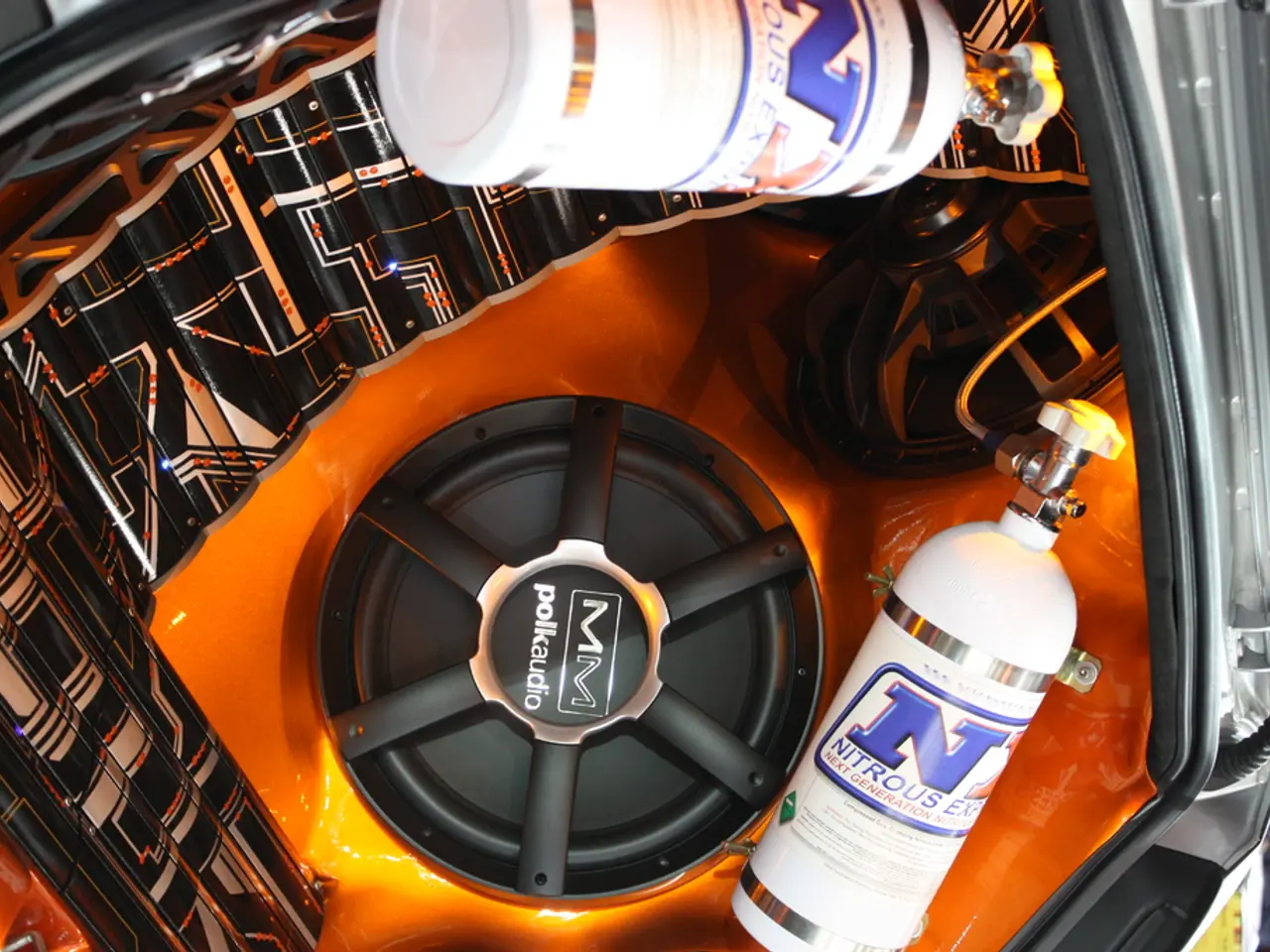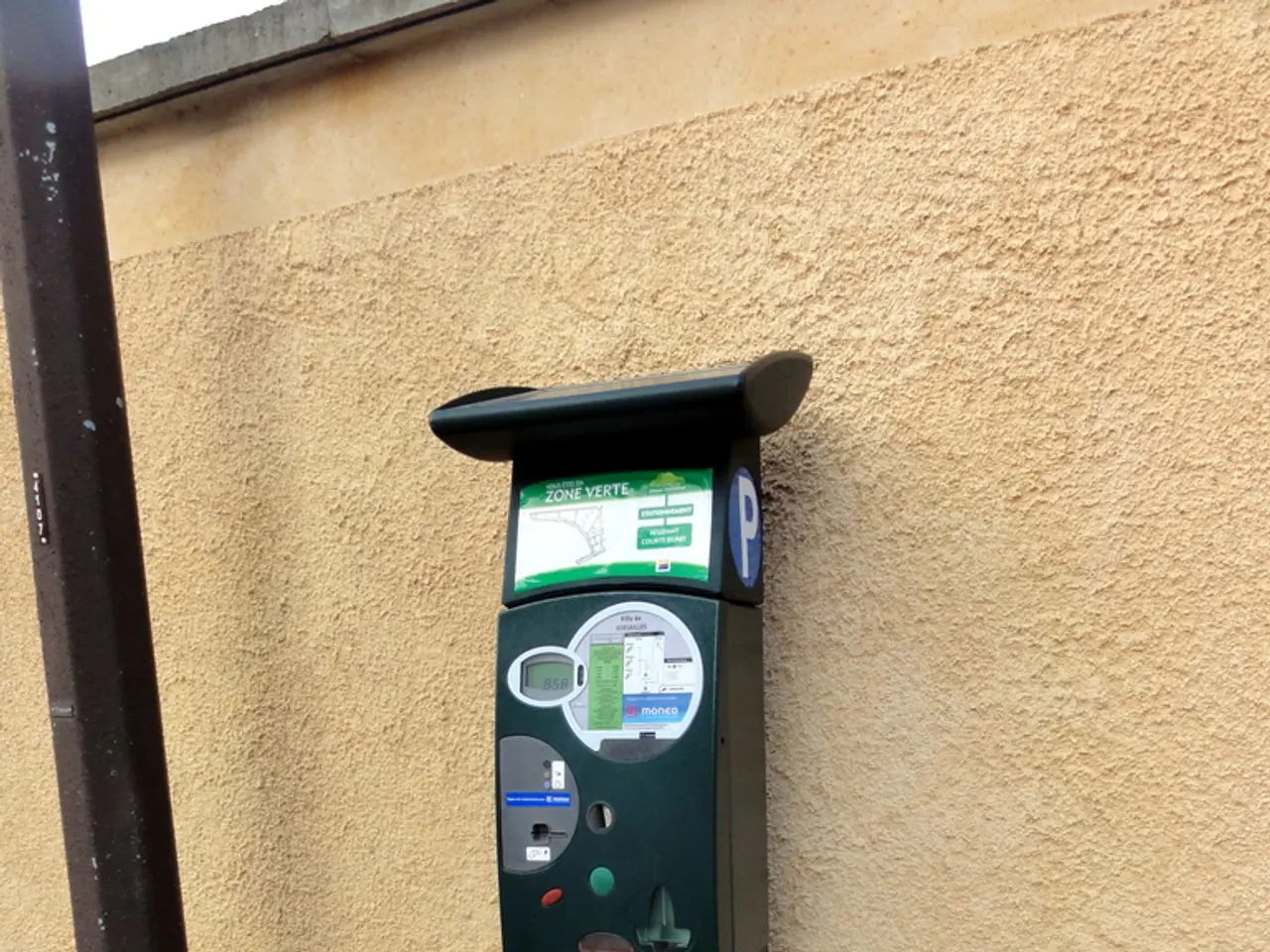Transforming Everyday Commutes: Expanding High-Quality Sound Systems to Vehicles Nationwide
In the race to create the vehicle of the future, automotive manufacturers are leveraging advanced semiconductors and design expertise from semiconductor suppliers like Texas Instruments (TI) to stay on top of the latest and greatest in audio technology and design. This is particularly true for premium electric vehicles (EVs), where unique acoustic challenges and evolving consumer expectations for immersive sound experiences have led to significant advancements in audio systems.
### Key Advancements
One notable development is the adoption of high-channel, multi-speaker architectures. Modern premium EV audio systems, such as the 2025 Ram 1500 Tungsten trim's 24-channel, 23-speaker system engineered with Klipsch, feature speakers distributed throughout the cabin. These systems achieve a highly immersive 3D surround sound effect through proprietary up-mixing algorithms like Klipsch’s DJX 3D Surround.
Another key advancement is Active Noise Cancellation (ANC) technology, which is increasingly integrated to improve cabin quietness in EVs. The market for noise-canceling tech has grown by 45%, with manufacturers embedding ANC to enhance audio clarity and passenger comfort.
Dolby Atmos technology, utilising height channels and object-based audio rendering, is also being integrated into select EV models, such as Audi's Q7, Q8, A8, and e-tron GT, to create a three-dimensional soundstage. This partnership integrates Atmos into specially adapted Bang & Olufsen systems, targeting luxury buyers who demand cutting-edge entertainment experiences.
Innovative speaker technologies, like electrostatic speakers (ESL), are also emerging as a premium audio innovation for vehicles. Companies like Warwick Acoustics are developing compact ESL panels that can fit behind curved panels in the doors, dash, roofliner, or head restraints.
### Technical Requirements for Premium EV Audio Systems
Power management and efficiency, speaker placement and acoustic design, advanced signal processing, ANC integration, system ecosystem and licensing—these are the technical requirements for premium EV audio systems. High-end systems must balance powerful output against power draw constraints to avoid excessive battery drain, strategically place multiple speakers throughout the cabin for immersive sound, integrate powerful onboard DSP, finely tune ANC systems to the cabin environment, and ensure seamless hardware-software integration and continuous upgrades.
Over the years, automotive audio systems have evolved to include transistor-based radios, FM radio, cassette tape and compact disc players, and modern-day offerings such as smartphone connectivity and satellite radio. The next generation of vehicle networking and computing is expected to involve features that take noise cancellation to the next level, such as seat-specific audio zones that offer each passenger a unique listening environment.
As the automotive industry continues to innovate and electrify, the in-cabin experience is becoming more focused on providing a moving office and entertainment system, giving users even more reasons to invest in a premium audio experience.
Technology plays a significant role in the advancements of automotive electronics, as evidenced by the integration of Dolby Atmos and Active Noise Cancellation (ANC) technology in premium electric vehicles (EVs). The adoption of these technologies enhances audio clarity, passenger comfort, and creates immersive sound experiences by leveraging object-based audio rendering and powerful onboard digital signal processing.




